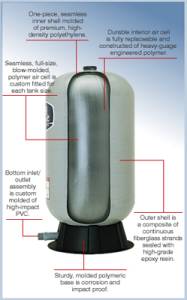
Hydropneumatic systems represent a sophisticated technology combining the benefits of hydraulics and pneumatics to deliver superior performance in a variety of applications. Unlike traditional suspension systems or simple hydraulic/pneumatic setups, hydropneumatic systems offer unparalleled control, adaptability, and efficiency. This description details the core components, advantages, and applications of these advanced systems.
A typical hydropneumatic system comprises several key elements working in concert:
Hydropneumatic systems find applications across diverse sectors:
While offering significant advantages, hydropneumatic systems require specialized design, components, and maintenance. They can be more complex and costly than simpler hydraulic or pneumatic systems. Proper system sizing and component selection are crucial for optimal performance and reliability. Leaks and contamination of the hydraulic fluid can also impact performance and longevity.
This description provides a comprehensive overview of hydropneumatic systems. For specific application requirements, consulting with a qualified engineer is recommended to ensure proper system design and implementation.